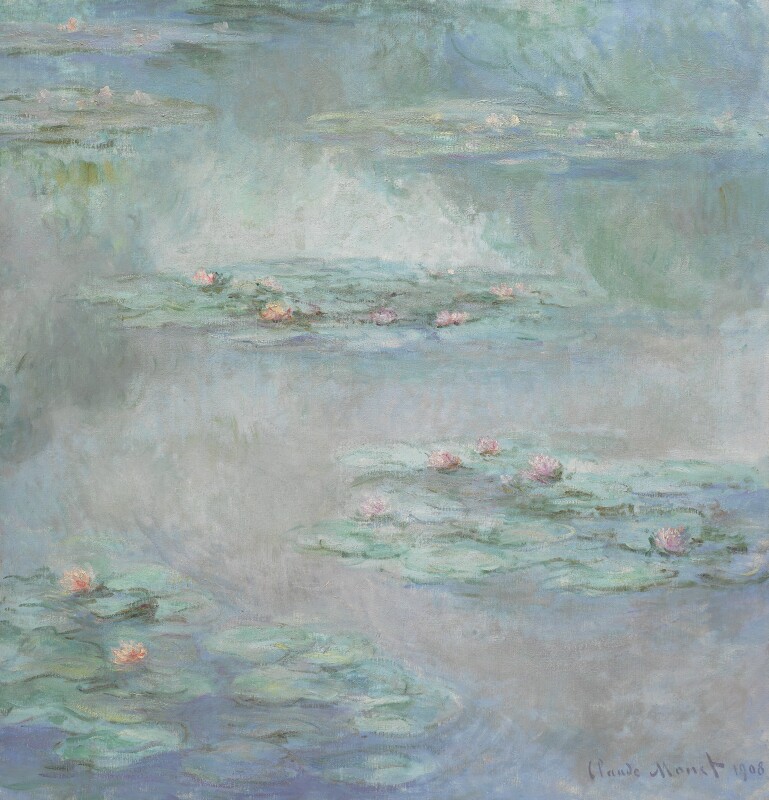How Monet’s Garden Inspired His Greatest Achievement
C laude Monet’s Nymphéas are among the most iconic and celebrated Impressionist paintings and their profound impact on the evolution of Modern Art marks them as Monet’s greatest achievement. The artist’s famous lily pond in his garden at Giverny provided the subject matter for most of his major later works, paintings whose significance in forging the path for subsequent artists is now fully recognised. Monet's legacy of experimental exploration can be considered as a precursor to the abstraction that came to prominence the post-war years.
The present painting, which dates from 1908, is a powerful testament to Monet’s enduring vision and creativity in his mature years. The theme of waterlilies, that became Monet’s most acclaimed series of paintings, recorded the changes in his style and his constant pictorial innovations.
By 1890, Monet bought the house and large garden at Giverny, which he had rented since 1883. With enormous vigour and determination, he swiftly set about transforming the property and creating a large pond, in which waterlilies gradually matured.
Towards the end of his life, Monet told a visitor to his studio: "It took me some time to understand my water lilies. I planted them purely for pleasure; I grew them with no thought of painting them. A landscape takes more than a day to get under your skin. And then, all at once I had the revelation – how wonderful my pond was – and reached for my palette. I’ve hardly had any other subject since that moment"
Once discovered, the subject of waterlilies offered a wealth of inspiration that Monet went on to explore for the rest of his life. The beauty and purity of the waterlilies are indeed abundantly evident in this work, an extraordinary example of the artist's virtuosity as a colourist. The surface texture is rich with detail, particularly in the passages where the blossoms float atop the water.
"It took me some time to understand my water lilies... And then, all at once I had the revelation – how wonderful my pond was – and reached for my palette. I’ve hardly had any other subject since that moment"
The distinction between reflection and surface, water and flora, and the general clarity of the scene are particularly striking in this composition. Here, Monet’s primary interest is in depicting the effects of light on the surface of the pond and on the waterlilies themselves, and the play of shadows and modulations of light that the weather creates.
The inclusion of this exceptional work in the sale marks a significant appearance on the market, having remained in the collection of the present owners since 1932. This work is one of the finest examples of Monet's Water Lilies, from arguably one of the most important bodies of work in the history of painting.








